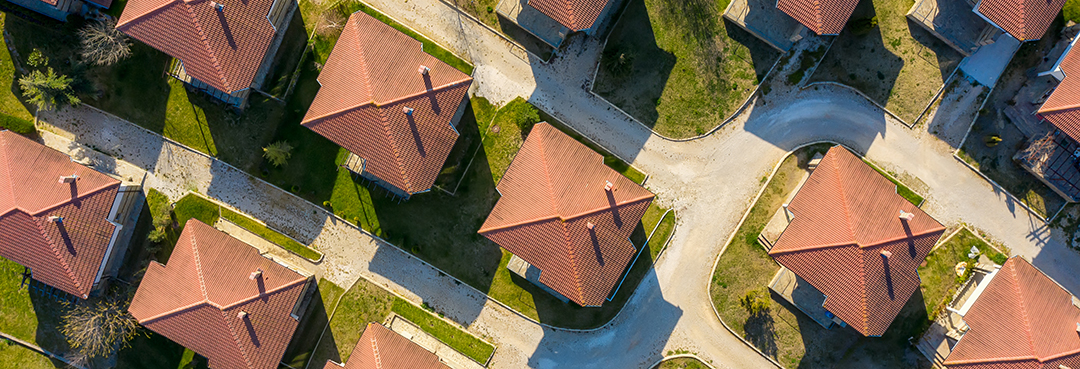As a nation, we must urgently establish sensible policies that address the growing shortage of affordable housing in America. Recent studies have shown that housing affordability – and consequently availability – is worsening, especially for low-income and middle-income households and contributing to the alarming rise in homelessness. This is a very real trend that we must combat to ensure America’s long-term prosperity and stability.
Over half a million Americans go homeless on a single night in the US, including many veterans returning from active duty in conflict zones around the world. This is a national shame.
Approximately 200,000 can be found sleeping on the streets and over 350,000 in emergency or transitional housing programs.
11 million low-income households spend more than half their paycheck on rent.
Nearly two-thirds of renters nationwide say they cannot afford to buy a home, and saving for that down payment is not going to get easier as home prices are rising at twice the rate of wage growth.
The U.S. has a shortage of seven million affordable rental homes for extremely low-income renters, whose household incomes are at or below the poverty guideline (30 percent of their area median income).
Most Americans agree that this is now an urgent policy priority. Through research-based initiatives, we can find sustainable answers that allow Americans to live securely and to thrive in their communities.
As the Founder and President of YMP REM, Moshe and his team take incredible pride in providing affordable and high-quality workforce housing for American families. The most significant component of YMP’s portfolio is indeed workforce housing, as his company owns approximately 4,000 multifamily apartment units spanning three states. Moshe is honored to serve that community and deliver first-rate accommodations to their families.
But, across this country, there is so much more that can, and needs to be, done. Some of the main benefits of providing quality living include:
Health and Safety: Quality housing ensures that individuals have access to safe and secure living environments, preventing health hazards and reducing the risk of injuries or accidents.
Education: Stable and quality housing provides a conducive environment for learning. Children in stable housing are more likely to perform well in school, fostering a foundation for future success.
Economic Stability: Access to quality housing is linked to economic stability. Affordable and secure housing enables individuals and families to allocate resources to other necessities, contributing to financial well-being.
Social Equity: Quality housing is a fundamental aspect of social equity. Ensuring that everyone has access to safe and affordable housing promotes a more just and inclusive society.
Community Development: Quality housing is a cornerstone of vibrant communities. It fosters a sense of pride and community engagement, contributing to social cohesion and neighborhood development.
Employment Opportunities: Accessible and quality housing near employment centers enhances job opportunities. It reduces commuting times, contributing to a better work-life balance and increased productivity.
Crime Prevention: Well-maintained neighborhoods with quality housing often experience lower crime rates. A sense of community and pride in one’s living space can contribute to a safer environment.
For these reasons, and more, we must address the affordable housing crisis in America.


